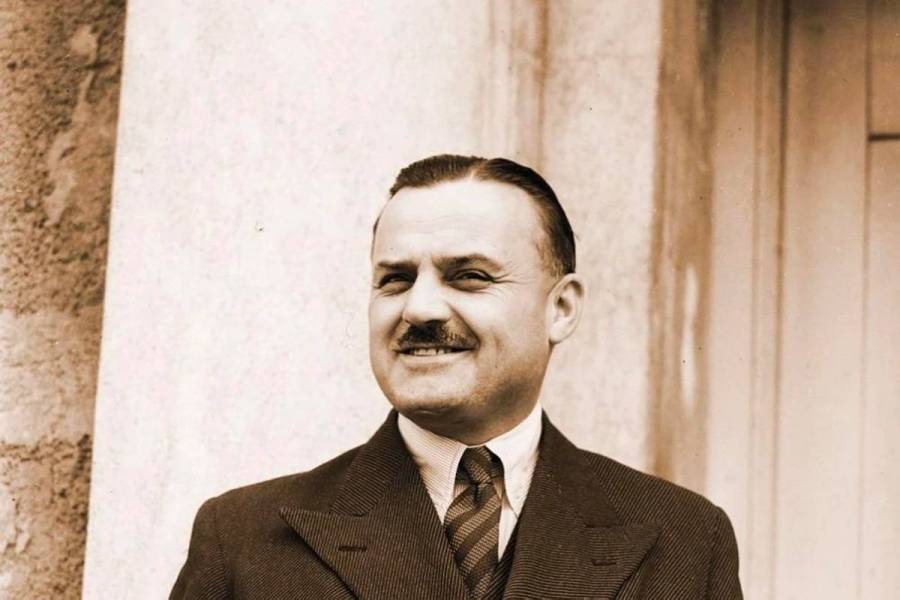William Heynes
Chief Engineer at SS Cars later Jaguar from 1935 to 1969

December 31, 1904 - September, 1989
William Munger Heynes born at Leamington Spa near Coventry, was an English automotive engineer. Haynes (generally known as Bill) was educated at Warwick School from 1914 to 1921, after which he began working for the Humber Car Company in Coventry in 1922, where he worked in the design department before becoming head of the engineering department in 1930. . During this time, he was responsible for pre-production of new models, including the Humber Snipe and Humber Pullman. In 1935, after the takeover of Humber by the Rootes Group, at the invitation of William Lyons, he went to work for SS Cars Ltd. Initially he worked on the chassis, and as a result, with a small team of assistants, he designed a new chassis in less than six months. The chassis was designed for an independent front suspension and a new 2.6 liter (2663) engine with an overhead valve cylinder head with a capacity of 103 hp. (77 kW). The new engine and new chassis were perfect for the company's first four-door sedan (saloon). A powerful, well-equipped sedan has become a cornerstone in the development of the company for many decades. Later, Haynes was involved in increasing the production of Standard Motor Company engines, which were then used on Jaguar cars. After World War II, SS Cars was renamed Jaguar and Haynes convinced William Lyons that the company should create its own line of engines. The result was the XK engine. In addition to engine development, Haynes also worked on the pre-production of many vehicles, including the Mk V, C-type racing and D-type, Mk VII, E-type, Jaguar XJ13 and Mk X. After leaving Jaguar at the end of July 1969, he intended to "devote all his energy and enthusiasm to his farm." Shortly before his retirement, he became a Commander of the British Empire (CBE) for his achievements and was awarded The Most Excellent Order of the British Empire. Following his departure from Jaguar Cars, R. J. ("Bob") Knight and "Wally" Hassan took over his duties.